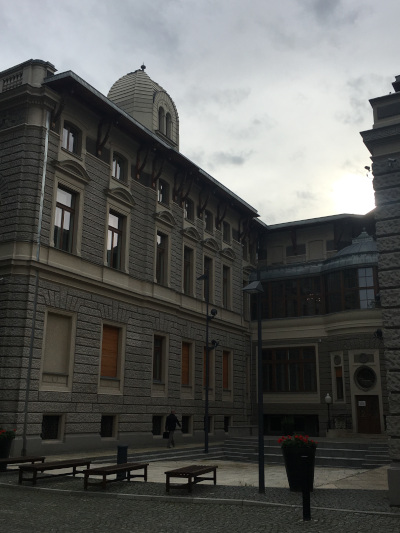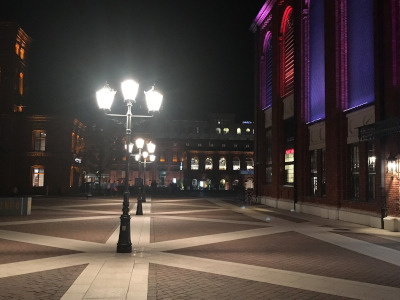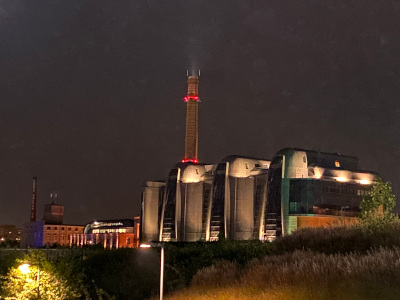Łódź in the past
Research made by the Lodz archaeologists confirms the presence of a man in the location of today’s city already 12 thousand years ago. Graves, remnants of receptacles, tools and armour are traces of some subsequent cultures. They can
be found in the river valleys, which used to be the places where people settled down.
Lodz as a town developed from such a small settlement. We come across the first reference about it in 1332 when the Łęczyca prince, Władyslaw, liberated Łodzia village from burdens of the prince’s law. Its residents moved their houses
to the areas close to the trade route from Łęczyca to Piotrków, and in 1414 the Wrocław bishops made an attempt to establish a town out of this settlement. Granting of real and royal municipal rights to Lodz took place in 1423 and
was certified by the signature of Władysław Jagiełło.
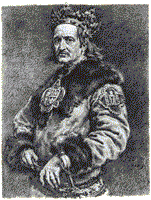
Citie’s develop
Agricultural and craftsmen’s town was successfully developing through the next two centuries. The market was vibrant with life; numerous one-storied wooden houses with a larch temple rising over them were put up.
After the Swedish incursion the town, like many others, fell into poverty and became depopulated dragging out a wretched existence among forests surrounding it. In the years of the partition there was even a thought to devoid it
of municipal rights but then a real miracle happened. In 1820 the authorities of the Polish Kingdom classified the place as an industrial settlement.
Obviously, a small town with 770 people living in it could not guarantee a successful development and without the government’s assistance would not have had any chance for the development.
In 1823 borders of a New Town for foreign handicraftsmen – clothiers were laid out beyond the line of the former town development, south of the Ostrogi River (later the Łódka River). In the town’s centre a huge octagonal market place
was built, then a town hall and a Protestant Church. In 1824 some plans for another industrial settlement of the Lodka were devised. The Jasień River canal and the Piotrków route, which at that time was given the name of Piotrkowska
Street, determined its location. Along this street, which joined the Old Town with new industrial areas, identical plots of land for weavers were delimited and one-storied houses erected. In the river valley with ancient mills the
first textile manufacturing plants were built.
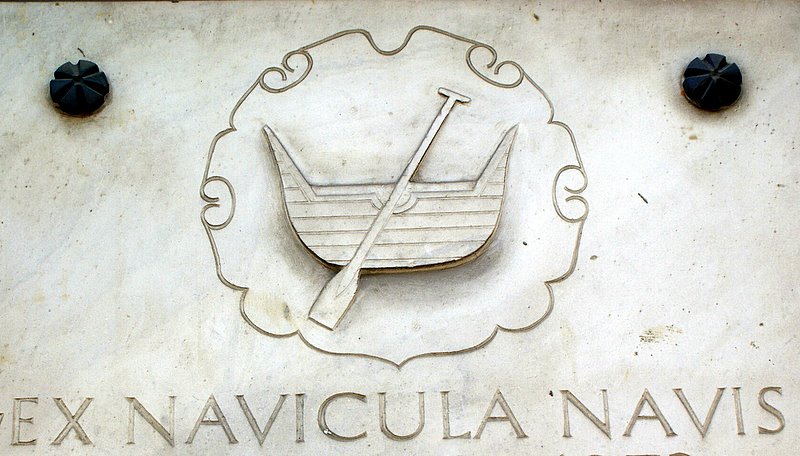
The Promised Land
Very good conditions of work and standards of living were offered, which brought in an influx of settlers. In 1840 the number of people living in Lodz grew to 10 thousand and nobody doubted that it would not be the final number. Already
in the 19th century Łódź became the second largest city in Poland, after Warsaw.
At that time its population was made up of Polish, German, Jew, Czech and Silesian people. They all found this new place of living taste like the “Land of Promise”. The rate of development was now measured by meters of manufactured
and sold fabric as well as by the technology level in factories. It is worth reminding that in 1839, it was a Saxon factory owner, Ludwik Geyer, to put in motion the first steam machine, and since then a black cloud of smoke in the
sky and a high chimney have become a characteristic symbol of the town.
After the enfranchisement reform (in 1864) peasants from the surrounding areas flowed in. It was an inexpensive labour force to be employed in continuously opening new factories. At the beginning of the 20th century the population
in Łódź was approaching a number of 500 thousand citizens and was the world record of the demographic growth. Unfortunately, the town extension and a care for its nice look and its citizens’ comfort of life did not go hand in hand.
In this respect the Tsar’s clerks practised strict economy. Ugly and neglected suburbs of Bałuty and Chojny with thousands of people living in them grew, while a hard situation of workers and anti-national policy of the invaders
brought waves of social conflicts and struggles in the town streets.
On the initiative of industrialists, merchants, physicians, lawyers and other members of the Lodz community it was possible to establish banks, institutions of culture and education, also various centres of medical care. A gas plant
and power plant were opened, a railway track was put and electric tramlines joined distant quarters of the town.
An industrial town full of contrasts became an object of literary and journalistic descriptions. The best one was created by Władysław Reymont in his novel “The Land of Promise”. Even today many readers perceive the city history
through this novel and wandering along its streets seek spots described in the novel.
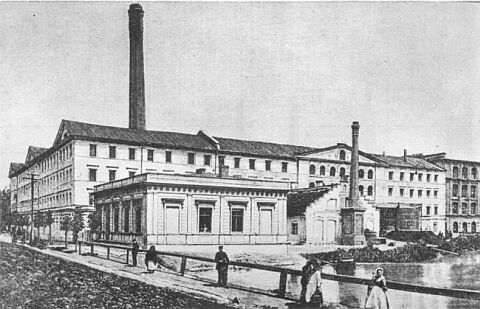
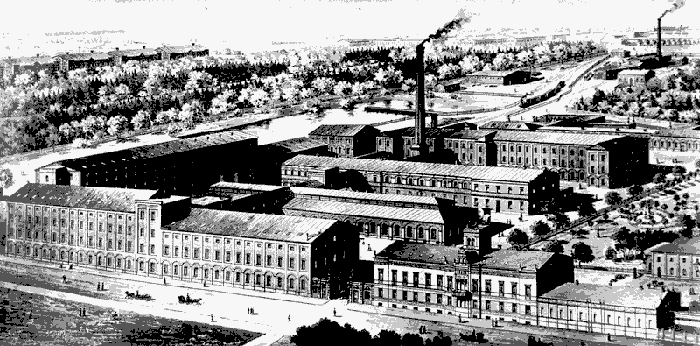
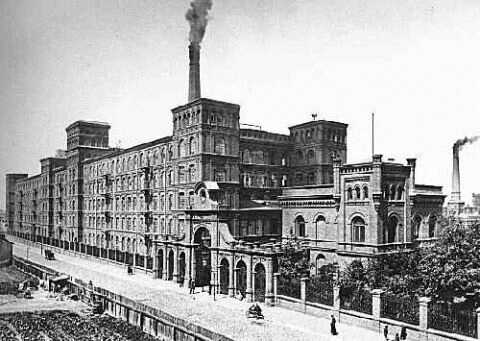

Łódź from 1914 to nowadays
A dynamic development of Łódź was stopped in 1914 by war the, and as a result of purposeful devastation of machines and equipment the economic continuity of the town’s development was broken for many years. For a few next years there
were attempts made to remove damages and modernise as well as extend factories. A giant step forward in the development of education, medical care and municipal building was taken. In 1919 Łódź, as the first town in Poland, introduced
and implemented a general education system, in 1928 a Free Polish University was established, a few museums came into being including a Museum of Science and Art with an exhibition of the second in the world gallery of modern art.
The artistic milieu of the town gathered such people as Leon Schiller, Stefan Jaracz, Aleksander Zelwerowicz, Karol Hiller, Władysław Strzemiński, Katarzyna Kobro, Henryk Stażewski, Witold Wandurski and Marian Piechal.
Another German occupation again wrecked achievements of the town, which already in 1939 was incorporated within the borders of the Reich. An enormous wave of the Nazi terror marked with mass graves, arrests and camps was to show
Lodz Polish and Jewish citizens where their place was in the new state. In our consciousness camps in Radogoszcz for men and in Przemysłowa Street for children and young people have tragic associations.
Numerous members of the Jewish community were placed in the ghetto located in the poorest areas of the city, in the Old Town, and Bałuty district. Out of 200 thousand Jewish people hardly a handful of them did survive. Numerous monuments
and commemorating plates remind of these tragic years.
On 19 January 1945 freedom came to Łódź, and once again a reconstruction period of the devastated industry and planned development of science and culture began. Several universities, theatres and museums came into being at that time.
The borders of the city were considerably extended (up to 300 km2) with areas for new industrial plants delimited. Also factories located in the city’s centre were moved to these areas. To make up for municipal negligence the city
was connected to the Pilica River by a pipeline, heating and sewage systems were installed, new large housing estates were built.
